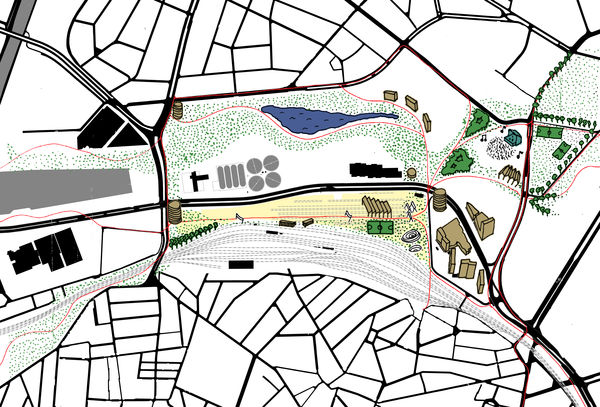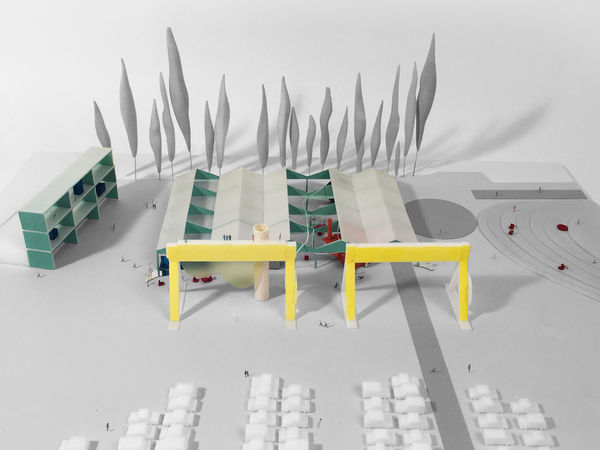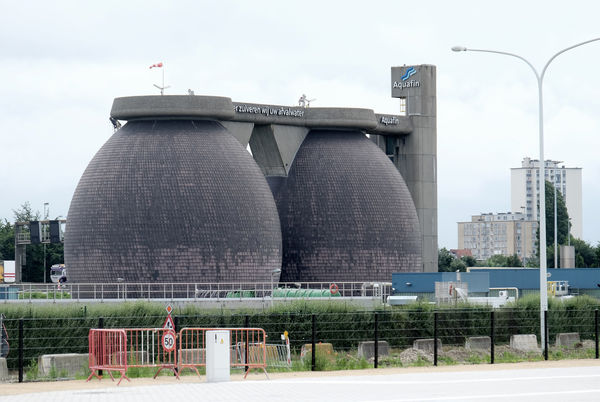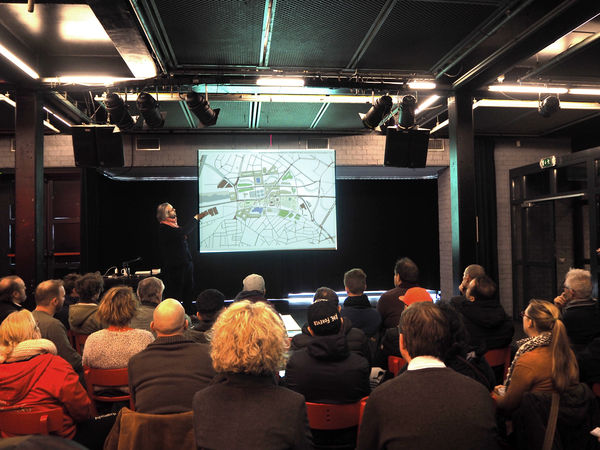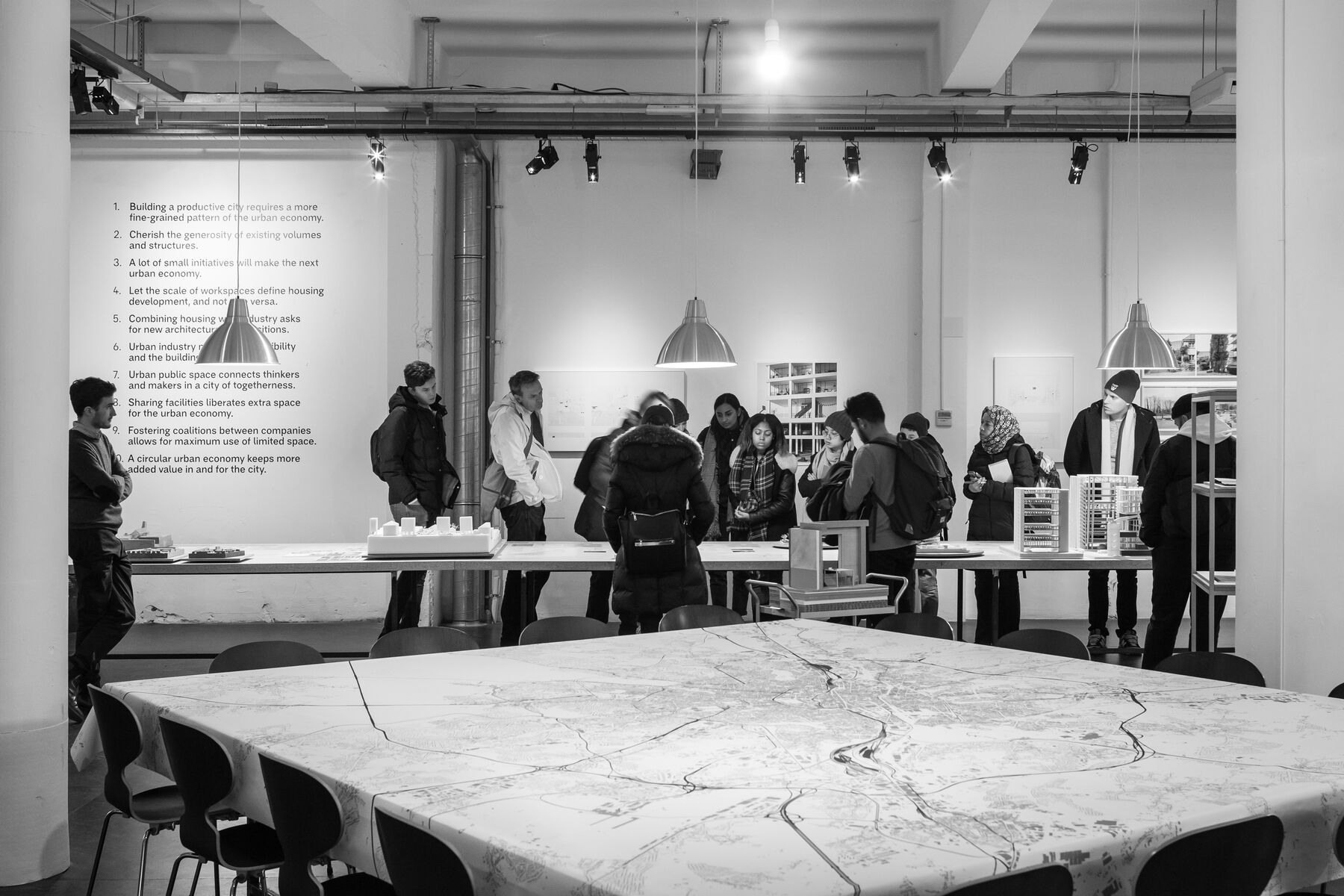The former Spoor Oost NMBS site occupies a crucial location along the Antwerp ring road and leads to highly diverse parts of the city. It is a space that has something to offer on a local as well as a supralocal scale. Various ecological, productive and social axes in the city could be connected and activated along Spoor Oost using targeted interventions at the site.
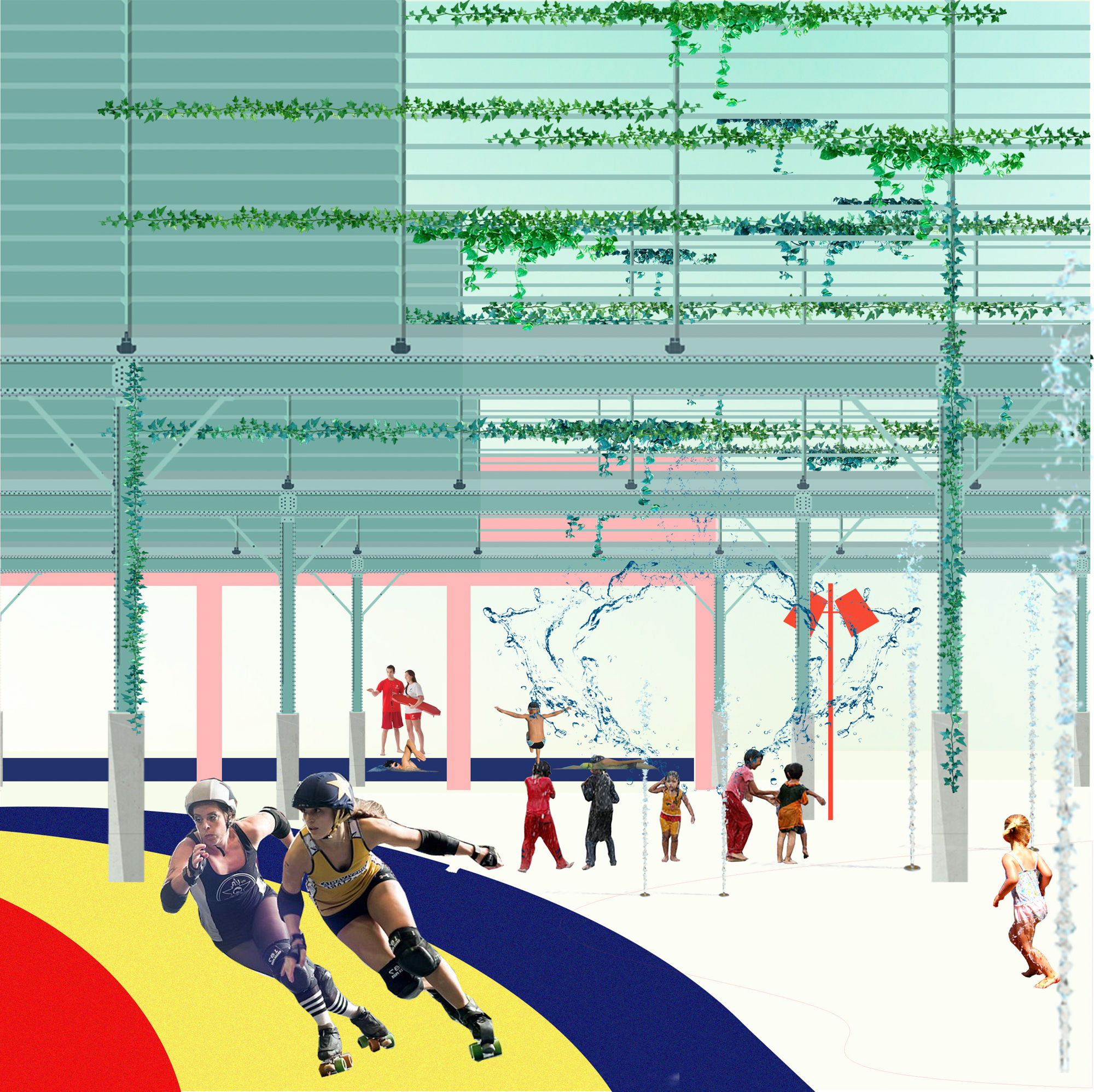
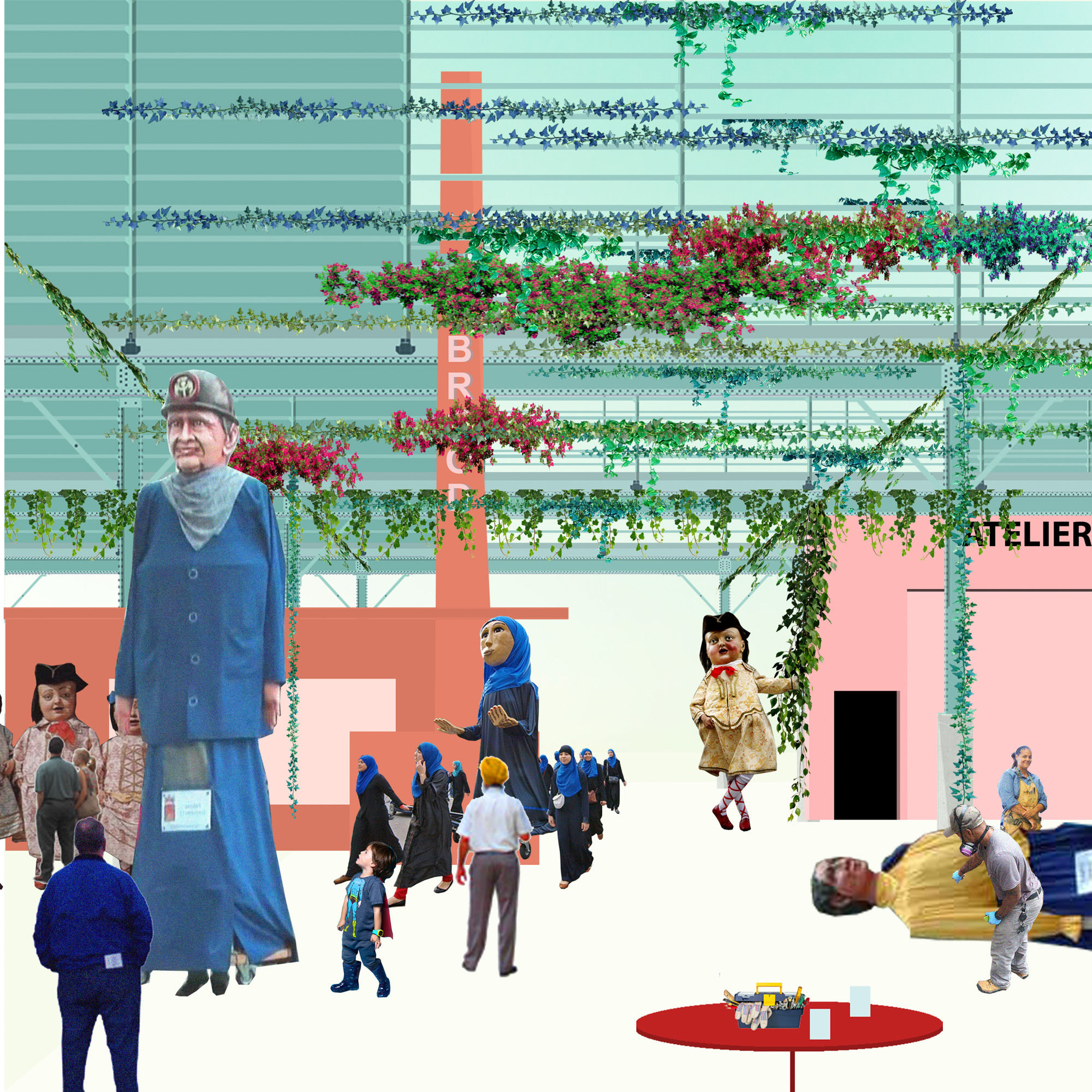
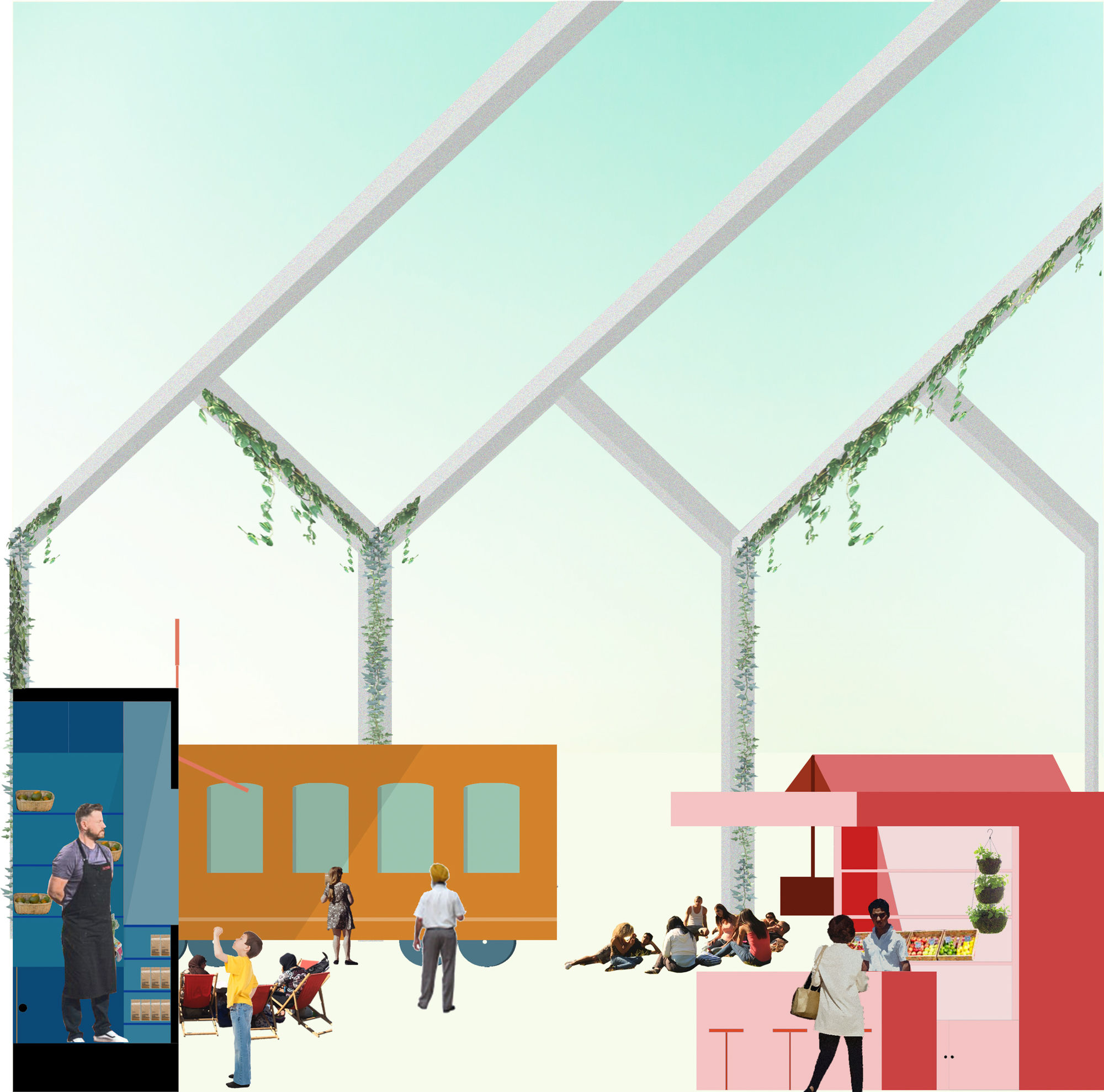
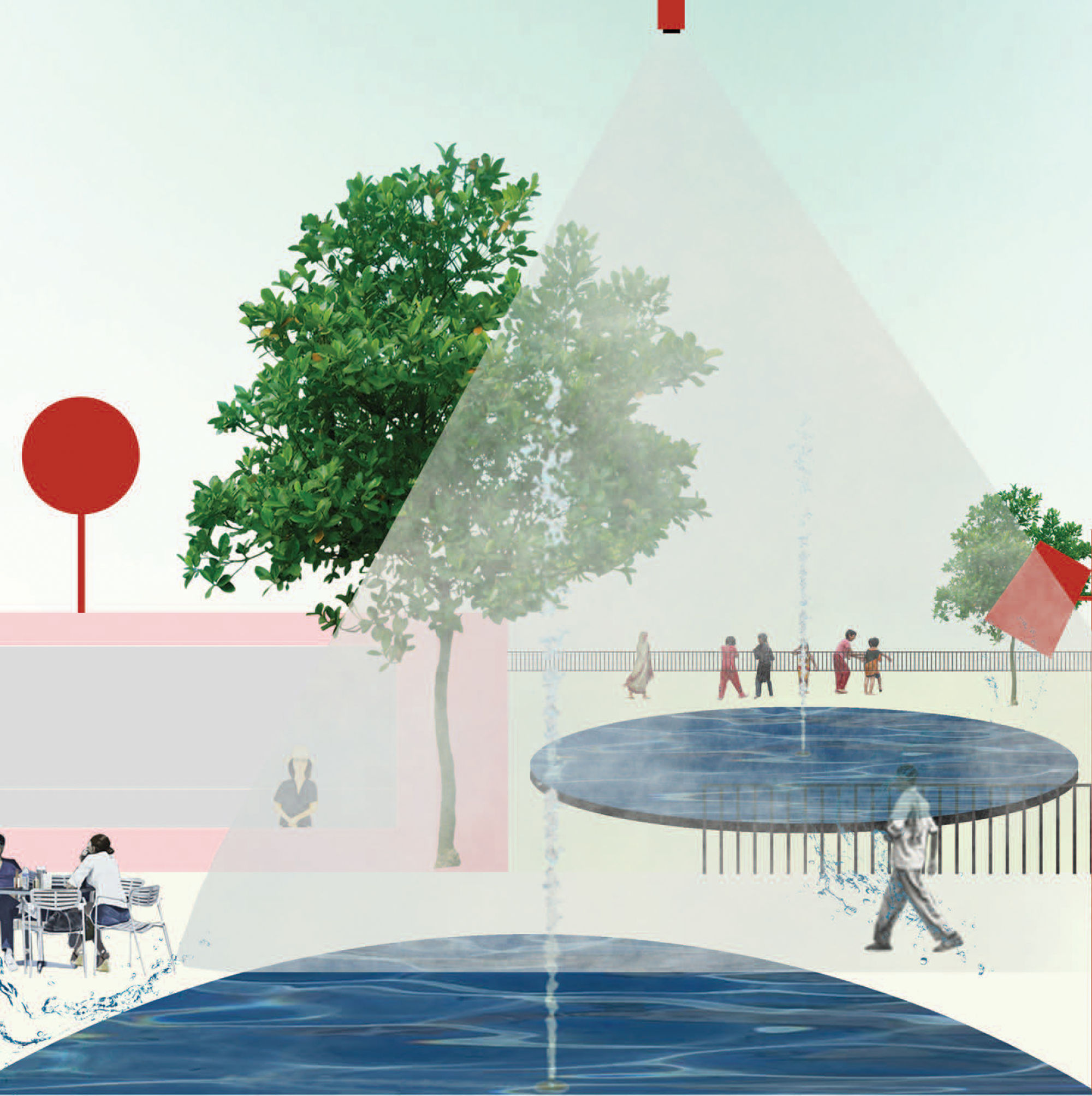
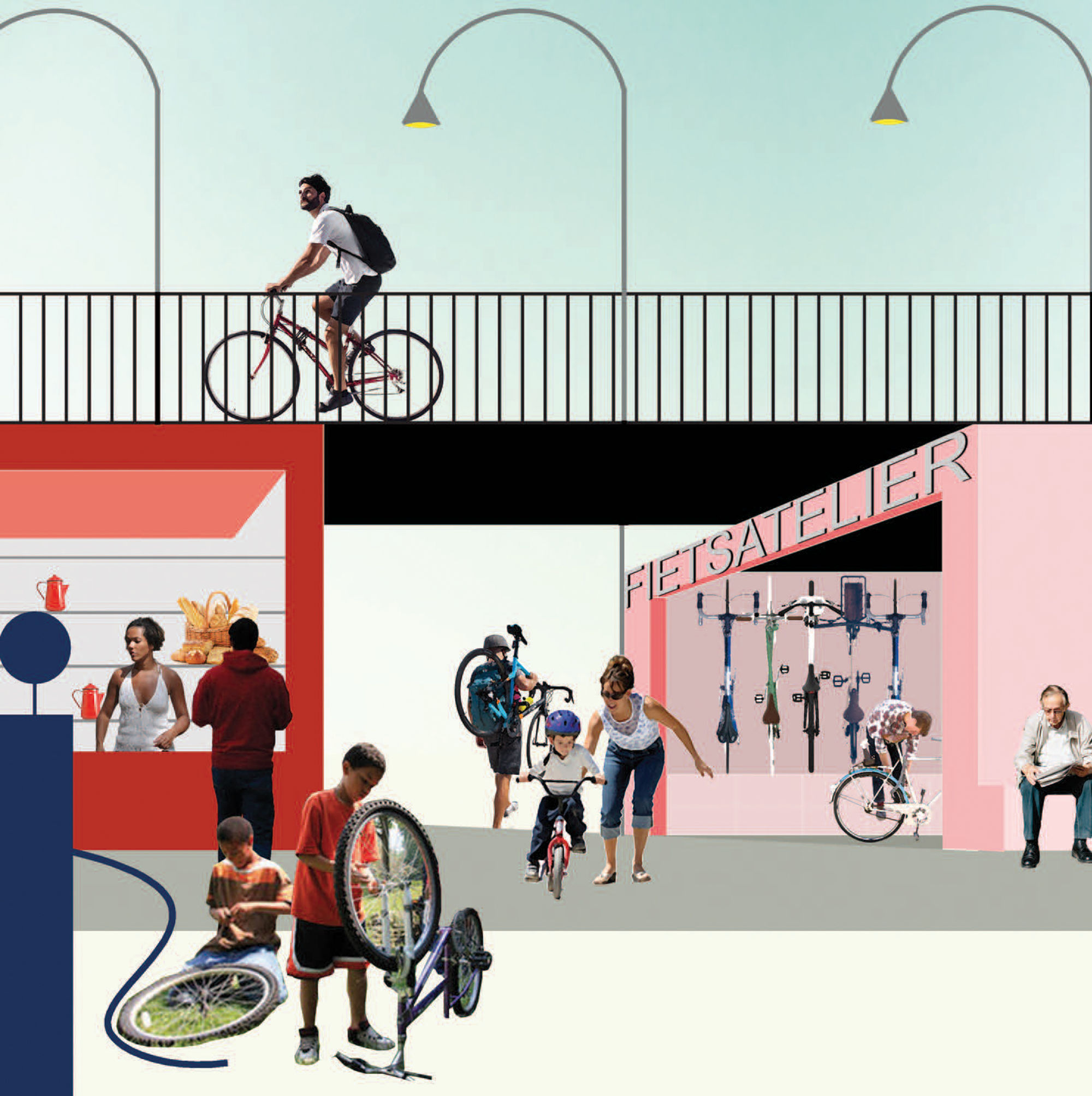
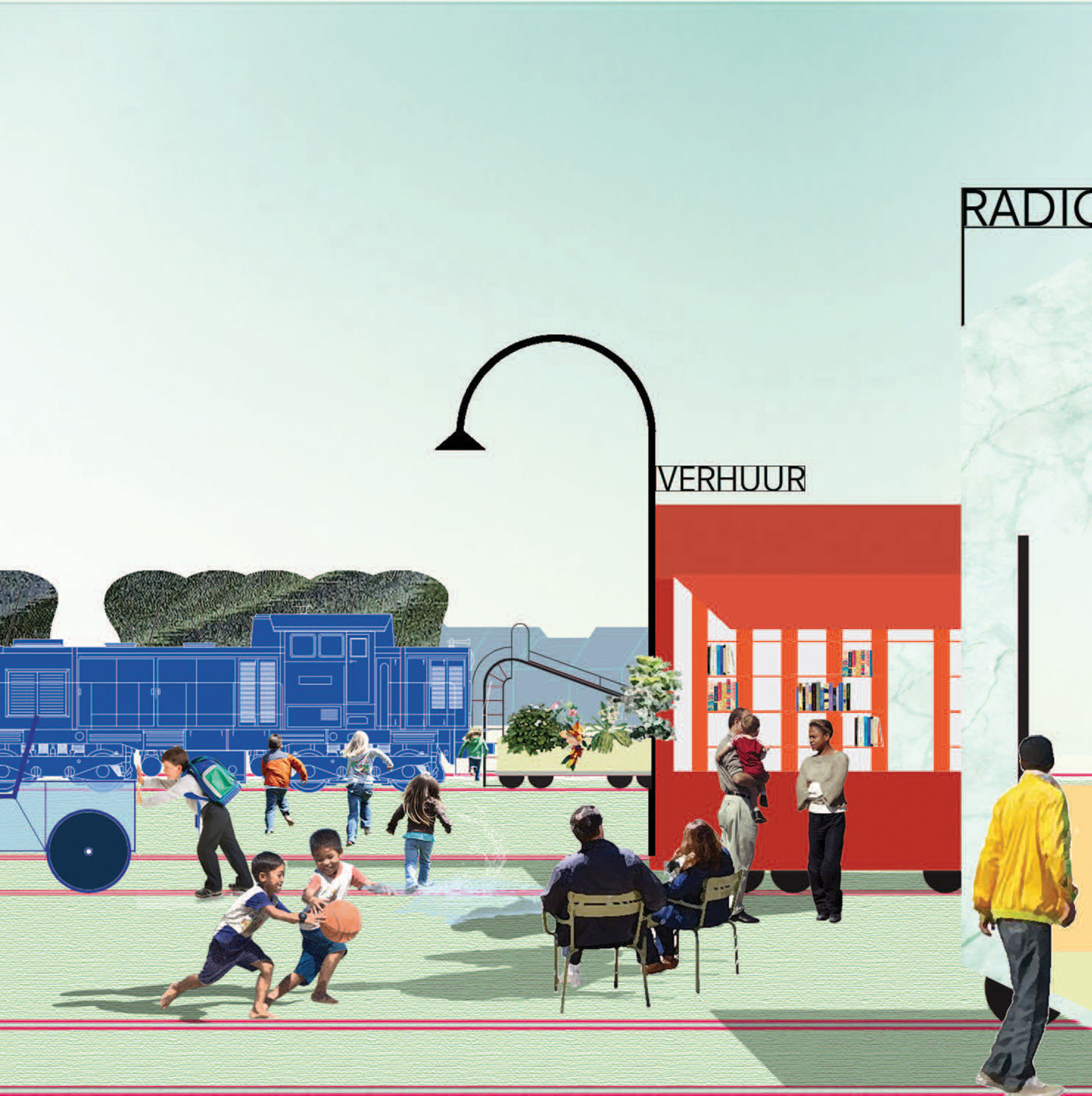
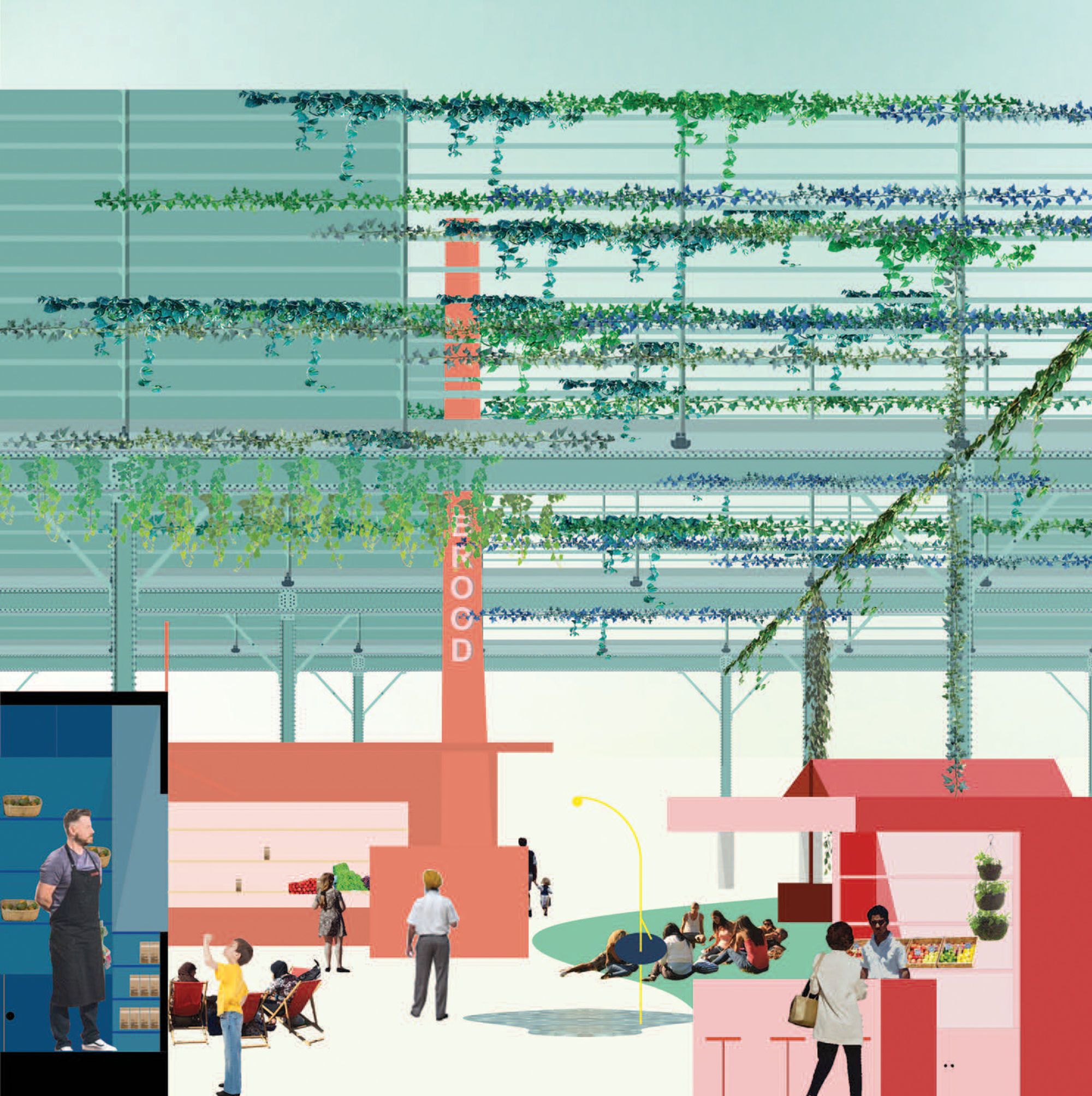

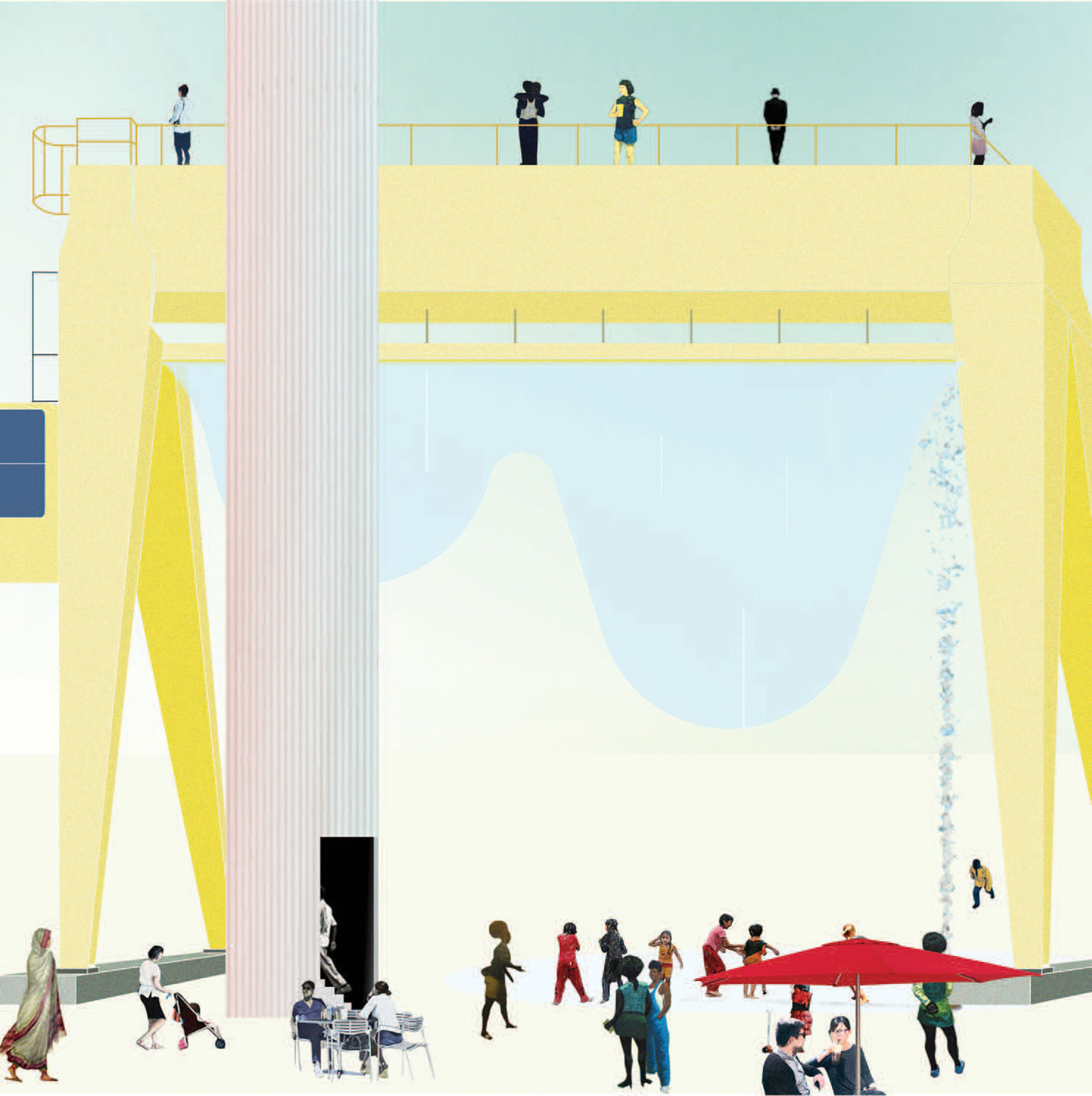
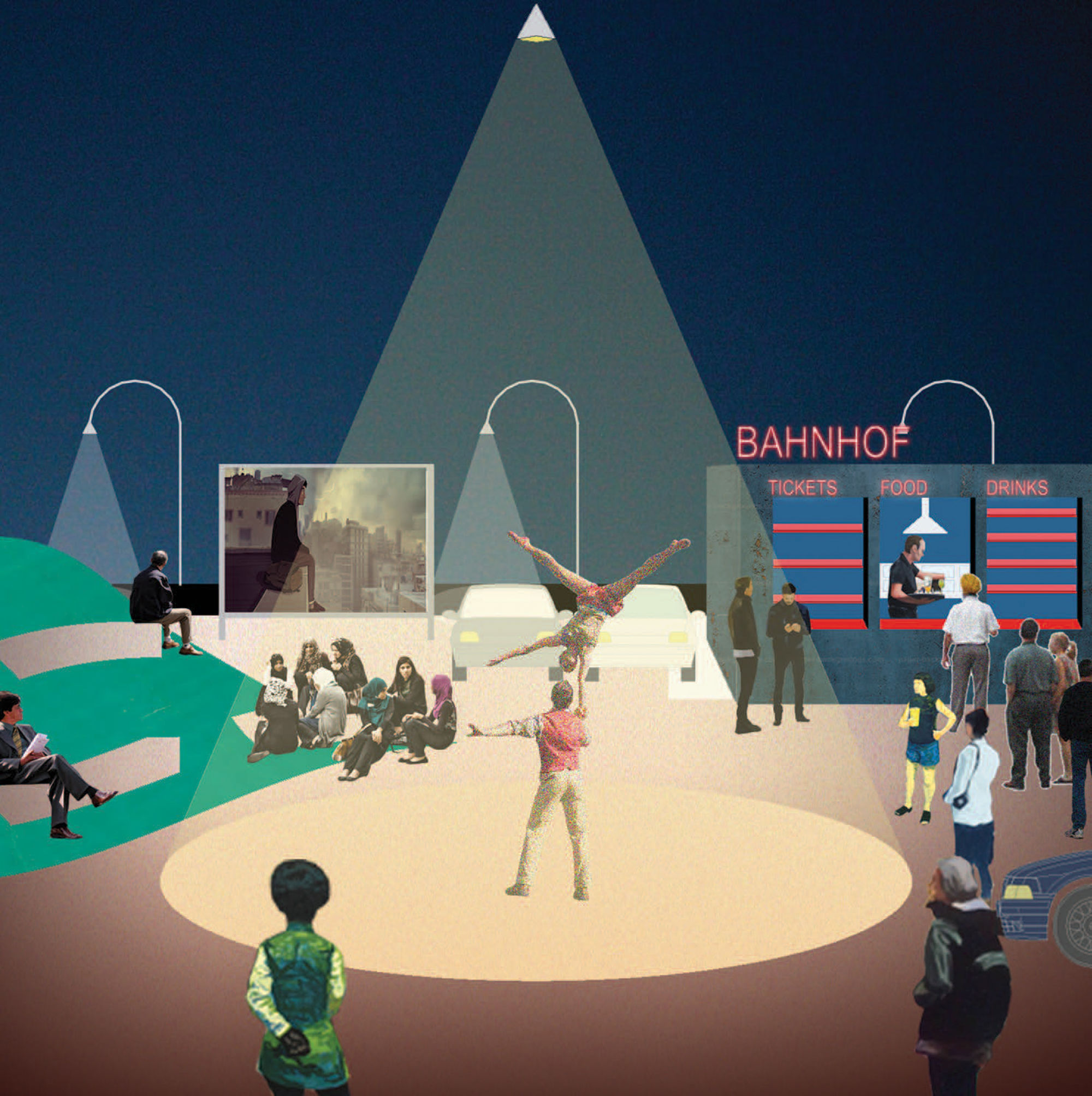
Together with 51N4E and anthropologist Ruth Soenen from Simply Community, Architecture Workroom Brussels conducted a concept study commissioned by the Flemish Management Team for Urban Policy and AG VESPA. The team applied research by design and an anthropological field study to explore the further development of Spoor Oost as an integral part of the urban fabric.
The newly constructed basic infrastructure is being developed in accordance with the plan devised by Technum and Rotor. In addition, the need for the overflow car park for the Sportpaleis and space for events is reconciled with the wider context. This means: with the needs of the surrounding residential districts and the demand for a human scale, a buffer and identity at the site. Local neighbourhood demands for water, manufacturing ateliers and food, are linked to a vision on a larger scale, and a long-term vision of short-term interventions, as an initial incentive for the more ambitious plan.
Using three scenarios this study explores the possible development paths that could be followed, with a focus on the opportunities already available: joining cycling and walking connections, focusing on existing user patterns at a side section of Spoor Oost as an urban development project.
The three extremities will be developed further – at Hof ter Lo near Borgerhout, at Aquafin as a potential future connection between Borgerhout and Deurne, and lastly at Schijnpoort. The approach involves three clusters of sites, to design spaces on a human scale, but also to keep space in between free for more substantial programmes (parking, events, etc.). The three extremities are also anchorage points for future developments, and could form a link to the surrounding environment.
The project for Spoor Oost will be implemented in phases, in relation to the changing environment, the budget that is available and investment that can be attracted. The final report includes a step-by-step plan that presents a number of priority investments for basic infrastructure that could be achieved in the short term (2017 - 2018). The short-term steps are positioned in a greater context with subsequent steps that can be taken in the future.
